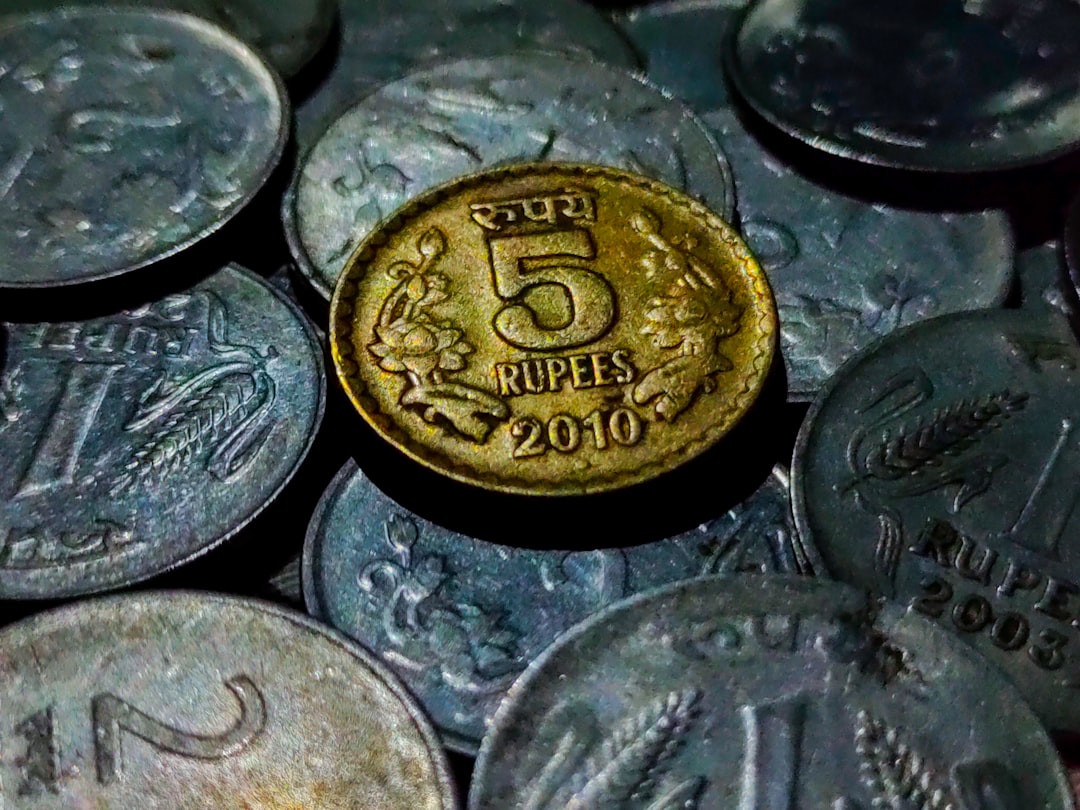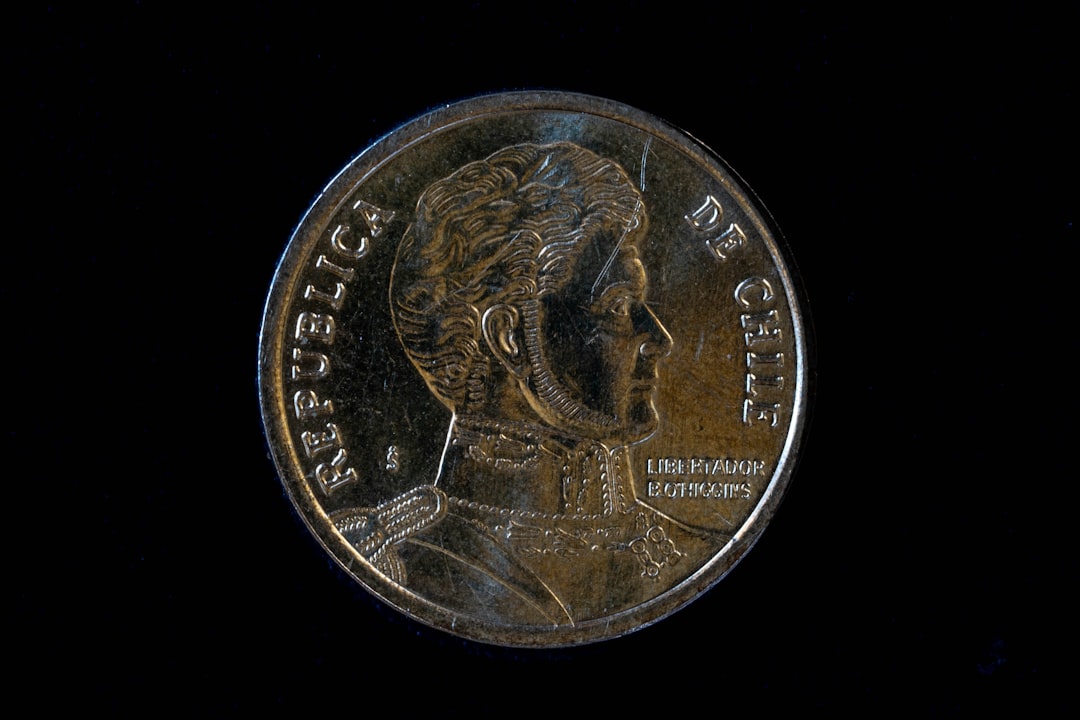The John Adams $1 coin, part of the Presidential $1 Coin Program, continues to spark interest among collectors and curious owners in 2025. As one of the early coins released in the series, which began in 2007, the John Adams dollar has gained a foothold in the numismatic community. But what is its value today, and more importantly, should you sell or hold onto it?
Let’s explore the history, circulating numbers, special varieties, and the current market demand to determine whether your John Adams coin is just spare change or a potential treasure.
Who Was John Adams and Why Is He on a Coin?
John Adams, the second President of the United States and a prominent Founding Father, played a critical role during America’s early years. The Presidential $1 Coin Program was launched to honor U.S. Presidents in the order they served, and Adams was naturally the second coin to be minted after George Washington.
These coins are part of a now-finished series that ran from 2007 to 2016, designed to increase public interest in dollar coins and promote collecting. While not commonly used in everyday transactions, the coins are still legal tender and are popular among hobbyists.
Key Features of the John Adams $1 Coin
The John Adams dollar was minted in 2007 and features distinct visuals and designs that appeal to collectors. Here’s a quick breakdown of its design and specifications:
- Obverse: Portrait of John Adams with the inscriptions “John Adams,” “2nd President,” and the years “1797–1801.”
- Reverse: A statue-like depiction of the Statue of Liberty, which was common on all Presidential coins.
- Edge Lettering: This coin was notable for including inscriptions on the edge, such as “In God We Trust,” “E Pluribus Unum,” the mint year, and the mint mark.
Depending on the condition and rarity, this coin can be more valuable than its face value—sometimes significantly so.

What Makes Some John Adams Coins Valuable?
Several factors can affect the value of a John Adams $1 coin:
1. Mint Mark
The coin was produced at both the Philadelphia (P) and Denver (D) mints. While both versions are common, some years and varieties from certain mints fetch a slightly higher price. Always check for the small letter indicating the mint location on the coin’s edge.
2. Errors and Varieties
Among the most valuable John Adams coins are those with production errors. In 2007, several coins came out with edge lettering mistakes:
- Missing Edge Lettering: Some coins were struck without the edge inscriptions—making them highly sought after and valuable.
- Doubled Edge Lettering: In rare cases, the edge lettering was applied twice, creating a doubled effect.
- Inverted Edge Lettering: This error can happen when the edge lettering is upside down in comparison to the obverse of the coin.
Collectors are often willing to pay a premium for these unusual variants, so it’s wise to examine your coin carefully—or have it inspected by a professional grader.
3. Condition and Grading
Like most collectibles, condition is crucial. Coins are graded on a scale from 1 to 70, with 70 being a pristine example. A John Adams $1 coin that is classified as MS-65 or above (Mint State, no signs of wear) can command a much higher price than one that is scratched or circulated.
How Much Is the John Adams $1 Coin Worth in 2025?
As of early 2025, these coins generally fall into a few price categories depending on condition and rarity:
- Circulated Condition: $1.00 to $2.00
- Uncirculated (Common): $3.00 to $6.00
- Proof Coins: $5.00 to $12.00
- Coins with Errors (e.g., Missing Lettering): $50.00 to $200.00+
Note that prices fluctuate based on market demand and collector interest, which can surge due to anniversaries, media exposure, or trending topics in numismatic circles.
Where Can You Sell a John Adams $1 Coin?
If you’re considering selling, there are several avenues to explore:
- Online Marketplaces: Websites like eBay, Etsy, or even specialized coin auction sites can net you decent offers, especially if your coin has unique features.
- Coin Dealers: Professional dealers often offer fair market value, although they generally resell items at a markup.
- Coin Shows and Auctions: These events are ideal for connecting with serious buyers and collectors who may be willing to pay top dollar for premium or rare examples.
Be sure to compare offers and, when possible, verify authenticity and grade through a trusted third party like the Professional Coin Grading Service (PCGS) or Numismatic Guaranty Company (NGC).

Should You Sell or Keep the Coin?
Now comes the biggest question: should you cash in now or hold onto your John Adams $1 coin for future gains?
The Case for Selling
- If your coin is an error type that is currently in demand, now may be the best time to sell, as the numismatic market experiences seasonal trends and waves of interest.
- If you’re not an active collector and would rather convert minor collectibles into cash, many error coins and pristine specimens have appreciated nicely since 2007.
The Case for Keeping
- If your coin is in exceptional condition or has unique characteristics, it may further appreciate over time.
- Collectors may see a resurgence in interest for the Presidential $1 Coin Program as more people learn about U.S. currency history.
- If you’re building a complete set, this coin is a key element, and completing a full collection can significantly increase its overall value.
Fun Facts About the John Adams $1 Coin
- It was among the first U.S. coins in circulation to move “In God We Trust” away from the front or back and onto the edge.
- There were reports of the edge lettering wearing off quickly, which led to early confusion over ‘plain edge’ coins.
- The public reception was initially lukewarm, largely due to unfamiliarity with the dollar coin system in daily use.
Conclusion
Whether you’re a coin collector, a casual enthusiast, or someone who stumbled upon a John Adams $1 coin in change, it’s worth taking a second look in 2025. While most standard issue coins command only a modest premium, error coins and those in excellent condition can be significantly more valuable.
Ultimately, the decision to keep or sell depends on your goals and the specific characteristics of the coin you own. If it’s a rare variety or in mint condition, consulting with an expert and holding out for the right buyer could bring surprising returns. Otherwise, it’s still a fun, historical piece—whether it lives in your wallet or your coin display case.

